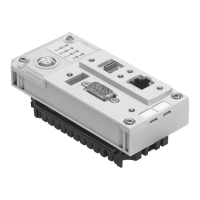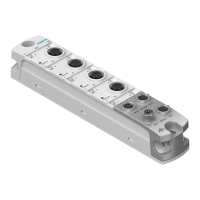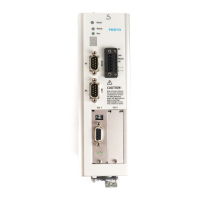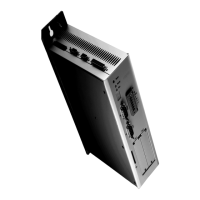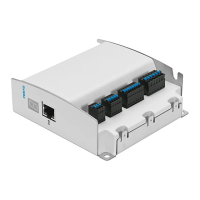B. Basic controlling principles
B−39
Festo P.BE−CPX−CMA X−CONTROL−EN en 0908NH
B.8.3 Behaviour of the force control
A force task is treated like any positioning task.
As soon as the force task begins, the MC signal goes to
0 level, when the force setpoint value has been reached,
the MC signal =1. As long as there is no new positioning
task, the axis remains in force control.
With the force
ramp, the user specifies the increase in
force per time unit. The unit is [N/s]. The permissible
value range is 10 N/s ... 10.000 N/s. The force ramp is
appropriately restricted by the FCT.
The force tolerance has the same function as the position
ing tolerance for positioning.
The sign of the force
setpoint value determines the direc
tion of force control:
+ : means force build−up towards increasing position va
lues,
: means force build−up towards decreasing position
values (measuring system zero point).
The Stop signal (CCON.STOP = 0) ends a force task as
quickly as possible. The system immediately switches
back to position control, while in
standstill position the
setpoint position is set as = actual position.
The FCT PlugIn supports the correct parametrisation of
force control. It calculates the theoretical maximum force
values, dependent on the cylinder (type and diameter).
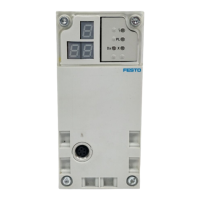
